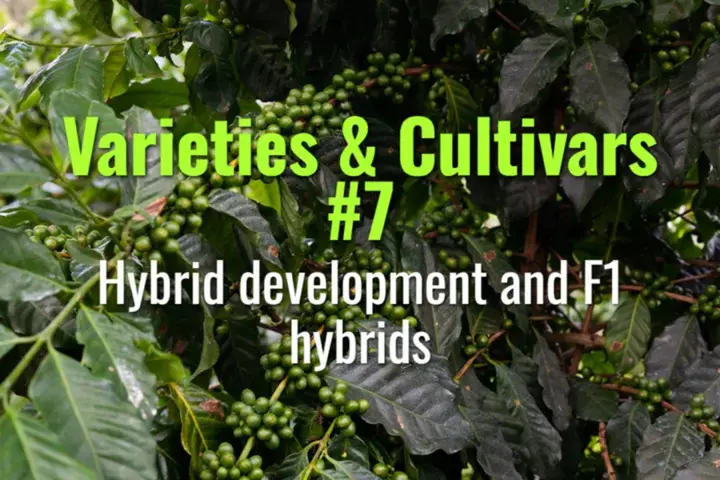
Hybrid development and F1 hybrids
This topic explains how coffee hybrids are developed, the role of F1 hybrids in combining resilience and quality, and their significance for the future of global coffee cultivation.

This topic explains how coffee hybrids are developed, the role of F1 hybrids in combining resilience and quality, and their significance for the future of global coffee cultivation.
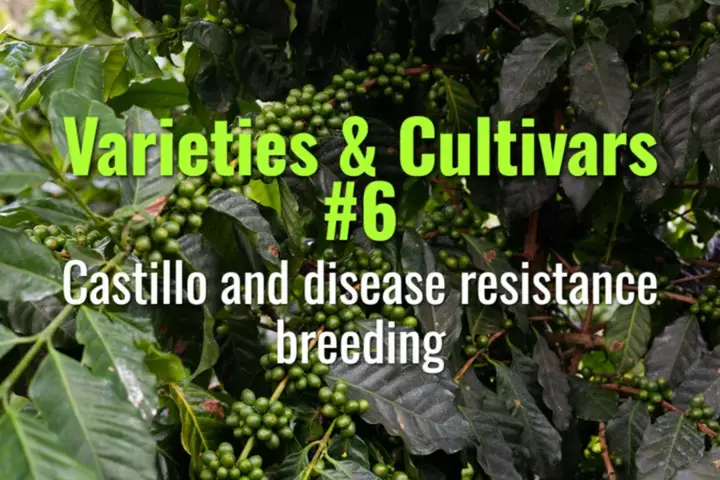
This topic explains the development of the Castillo variety in Colombia, its role in combating coffee leaf rust, and the broader importance of disease resistance breeding in coffee sustainability.
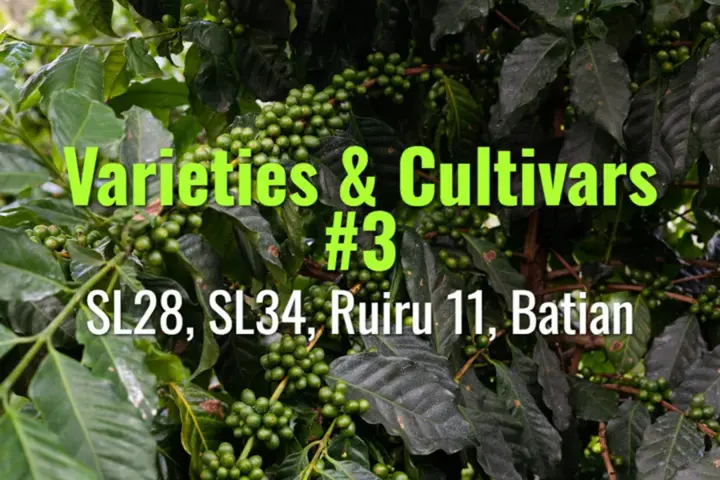
This topic explores the key Kenyan-developed coffee varieties—SL28, SL34, Ruiru 11, and Batian—their origins, traits, flavor profiles, and significance for disease resistance and quality.
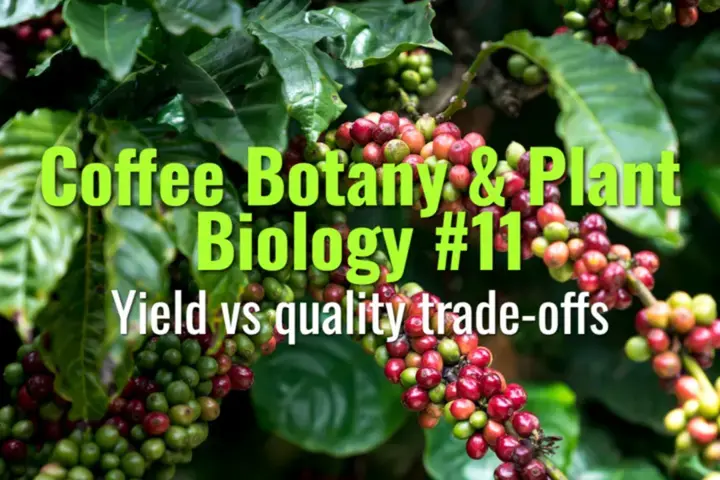
This topic explains the natural and management-driven trade-offs between maximizing coffee yield and achieving high cup quality, and why farmers, buyers, and consumers must balance these competing priorities.
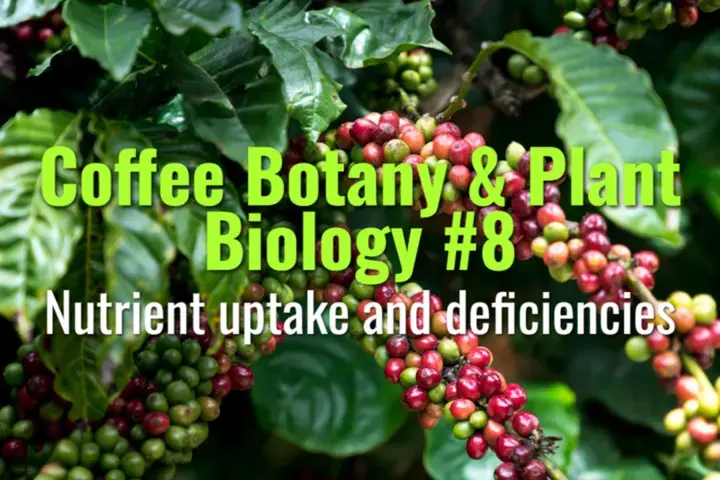
This topic explains how coffee plants absorb nutrients from the soil, the role of each essential nutrient, and how deficiencies manifest in visible symptoms and reduced productivity.
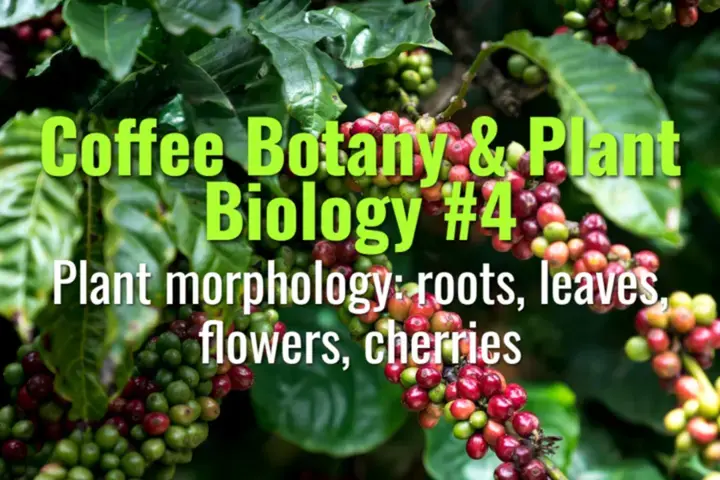
This topic introduces the main structural features of the coffee plant—its roots, leaves, flowers, and cherries—and explains their roles in growth, reproduction, and quality of the final cup.